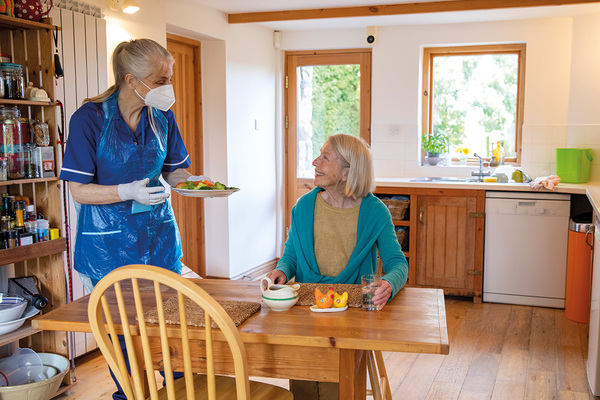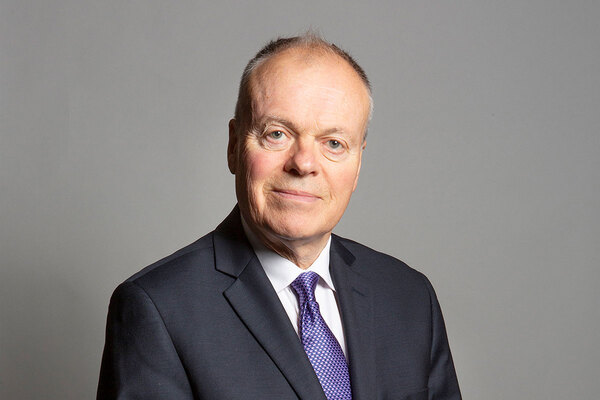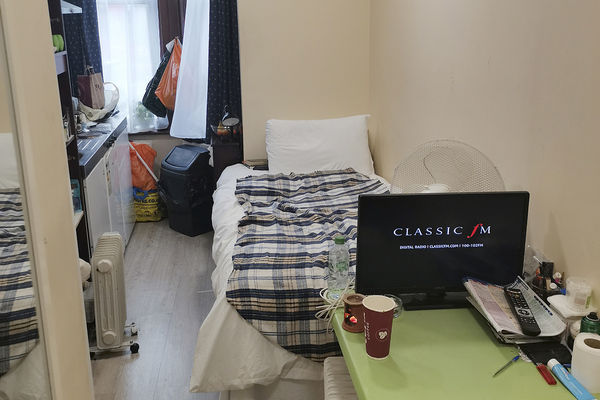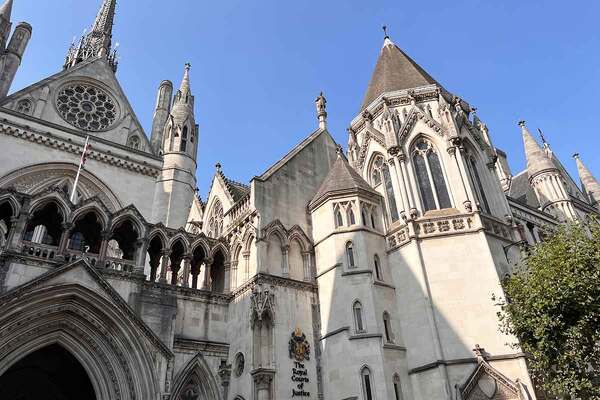You are viewing 1 of your 1 free articles
Housing First capacity has increased by almost 600% in three years, report finds
There has been almost a six-fold increase in the capacity of Housing First services in England since 2017, propelled by an increase in the number of services within social housing, a new report by a key sector body has found.

Research by membership organisation Homeless Link found there are 105 active Housing First services in England, compared with 32 in 2017.
A total of 87 services responded to a survey carried out as part of this research, which revealed they had a combined capacity to support 1,996 individuals.
This can be compared with a similar survey carried out in 2017, which found 28 services had a capacity to support 350 people.
The results of both surveys led Homeless Link to estimate that the capacity of Housing First services in England has increased by almost 600% in the past three years.
Social housing was used by 81% of services who responded to this year’s survey, compared with 61% of those that responded in 2017.
At 56%, housing association homes accounted for the highest share of properties used by Housing First services.
Meanwhile, the use of the private rented sector had decreased from 57% in 2017 to 35% in 2020.
Housing First is a type of service in which rough sleepers are offered a permanent home and support is then structured around that. It differs from the type of service in which people are required to move through various types of temporary accommodation before being offered a permanent home.
A number of government-funded Housing First pilots are currently being carried out across the country, including in Manchester and the West Midlands.
Homeless Link’s research found that this funding has led to the West Midlands and North West having the highest concentration of Housing First services, followed by the South East and then London.
In total, 66% of services received local authority funding, most commonly through the Rough Sleepers Initiative (RSI) funding or the homelessness grant provided by the Ministry of Housing, Community and Local Government to local authorities.
On average, two-thirds of Housing First clients were men, while for 89% of services said the majority of their clients were white.
Alex Smith, senior project manager of Housing First England at Homeless Link, said: “Our research reveals a remarkable growth in Housing First across the country over the past three years, which has enabled six times more people facing multiple disadvantage to receive the best possible support to end their homelessness.
“The increase in the use of social housing, and the growing support from social landlords that this demonstrates, is extremely encouraging given the stability and affordability of this type of accommodation.”
Sign up for our care and support bulletin
Already have an account? Click here to manage your newsletters











